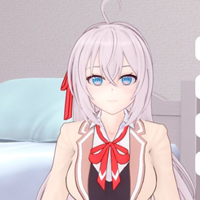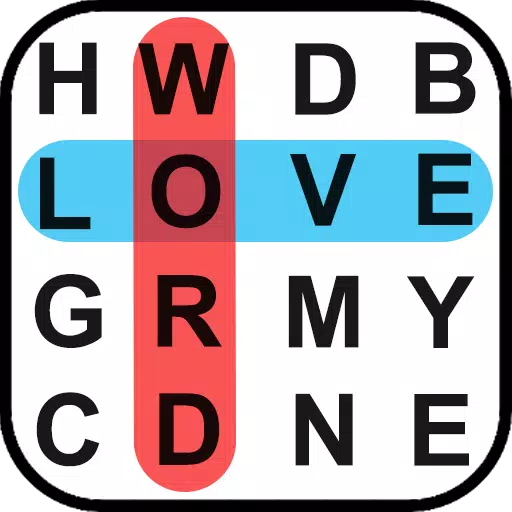The recent unveiling of the Nintendo Switch 2 has sparked considerable excitement among gamers, but Nintendo has remained notably silent on the specifics of the console's technical capabilities. While the reveal showcased new Joy-Cons, a redesigned kickstand, and a larger form factor, it left many curious about the power behind the new handheld.
Indie developer Jerrel Dulay of Sungrand Studios, known for his work on the Wii U and 3DS, provided insights into the potential power of the Switch 2 based on a brief glimpse of Mario Kart 9 in the reveal video. In a detailed analysis shared on YouTube (via GamesRadar), Dulay highlighted several technical aspects that suggest the Switch 2 is a significant step up from its predecessor.
Mario Kart 9 - First Look
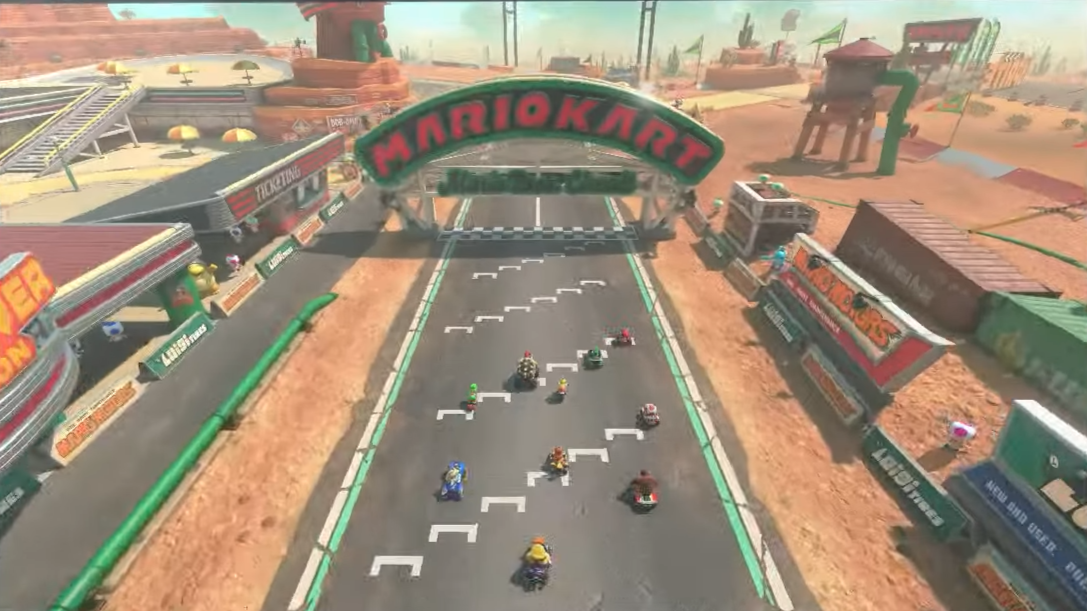
 25 Images
25 Images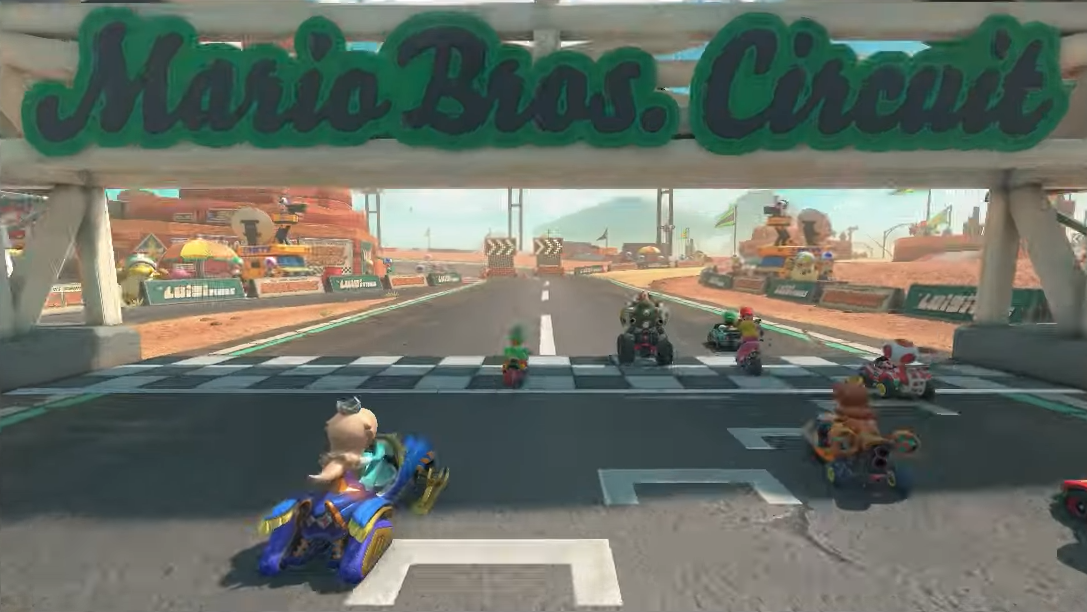


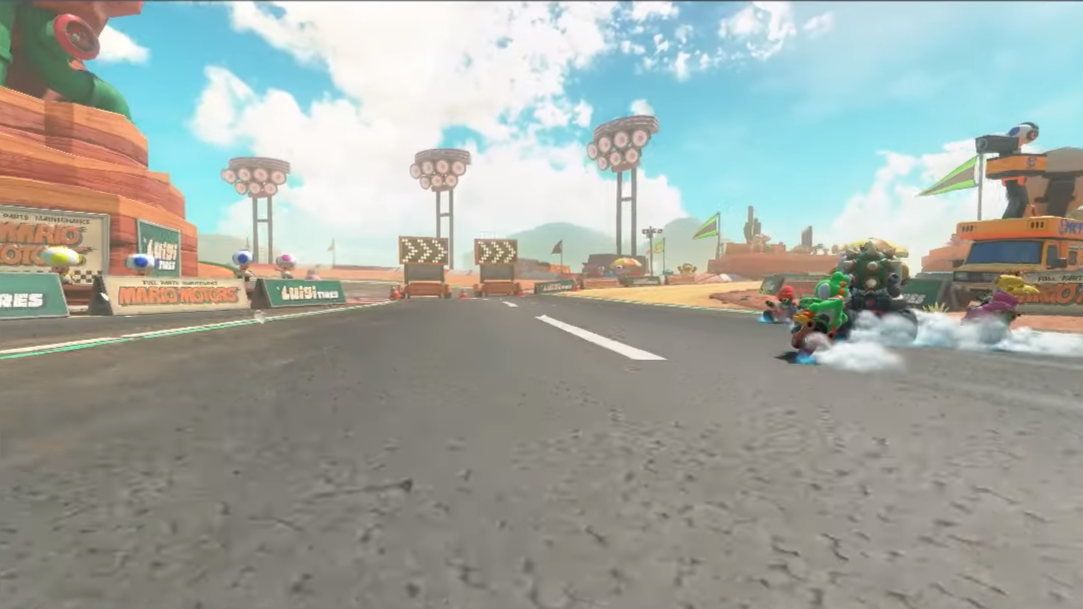 Dulay noted the use of "physically-based shaders" on cars and other textures in the Mario Kart footage, which indicates advanced graphical capabilities. These shaders, which respond to lighting and reflections, were challenging to implement on the original Nintendo Switch due to its limited hardware.
Dulay noted the use of "physically-based shaders" on cars and other textures in the Mario Kart footage, which indicates advanced graphical capabilities. These shaders, which respond to lighting and reflections, were challenging to implement on the original Nintendo Switch due to its limited hardware.
Digital Foundry's report from late 2023 suggested that the Switch 2 might be powered by the Nvidia T239 ARM mobile chip, boasting 1536 CUDA Cores—a 500% increase over the original Switch's Tegra X1 chip, which had only 256 CUDA cores. This significant boost in core count was further supported by leaks of the Switch 2's motherboard, indicating an 8nm chip.
Dulay observed that every piece of geometry in the Mario Kart footage utilized physically-based rendering for shaders, a testament to the Switch 2's enhanced processing power. He also pointed out additional material reflections from the ground and other surfaces, suggesting that the new console can handle complex visual effects with ease.
Another key indicator of the Switch 2's power is its use of high-resolution ground textures. According to Dulay, these textures require substantial RAM, and the original Switch's 4GB of RAM often struggled with such demands. In contrast, the Switch 2 is rumored to feature 12GB of RAM, with leaks showing two SK Hynix LPDDR5 modules, each potentially offering 6GB. The increased RAM, coupled with potentially higher memory transfer rates (up to 7500MHz), could significantly enhance texture loading and overall game performance.
Dulay also highlighted the presence of "true volumetric lighting" in the Mario Kart teaser, which is computationally intensive. The ability to render volumetric lighting at 60 frames per second, as Dulay noted, is a clear indicator of the Switch 2's superior GPU capabilities. He emphasized that volumetric lighting was a major challenge on the original Switch, and the new console's ability to handle it smoothly underscores its increased power.
Additionally, the trailer showed shadows at greater distances, another demanding feature that the original Switch struggled with due to the need for level of detail culling. The Switch 2's advanced hardware seems to have alleviated these challenges, allowing for more detailed and expansive game environments.
Dulay also pointed out the high poly-count characters and real-time cloth physics on flagpoles, further demonstrating the Switch 2's leap in graphical fidelity and processing power. These elements, which were taxing on the original Switch, are handled effortlessly by the new console, promising a significant improvement in game visuals and performance.
As we await more details and footage from Nintendo, Dulay's analysis offers a compelling glimpse into the potential of the Switch 2. Nintendo is set to reveal more in a dedicated Direct in April, and until then, you can stay updated with IGN's comprehensive coverage of the Switch 2.




